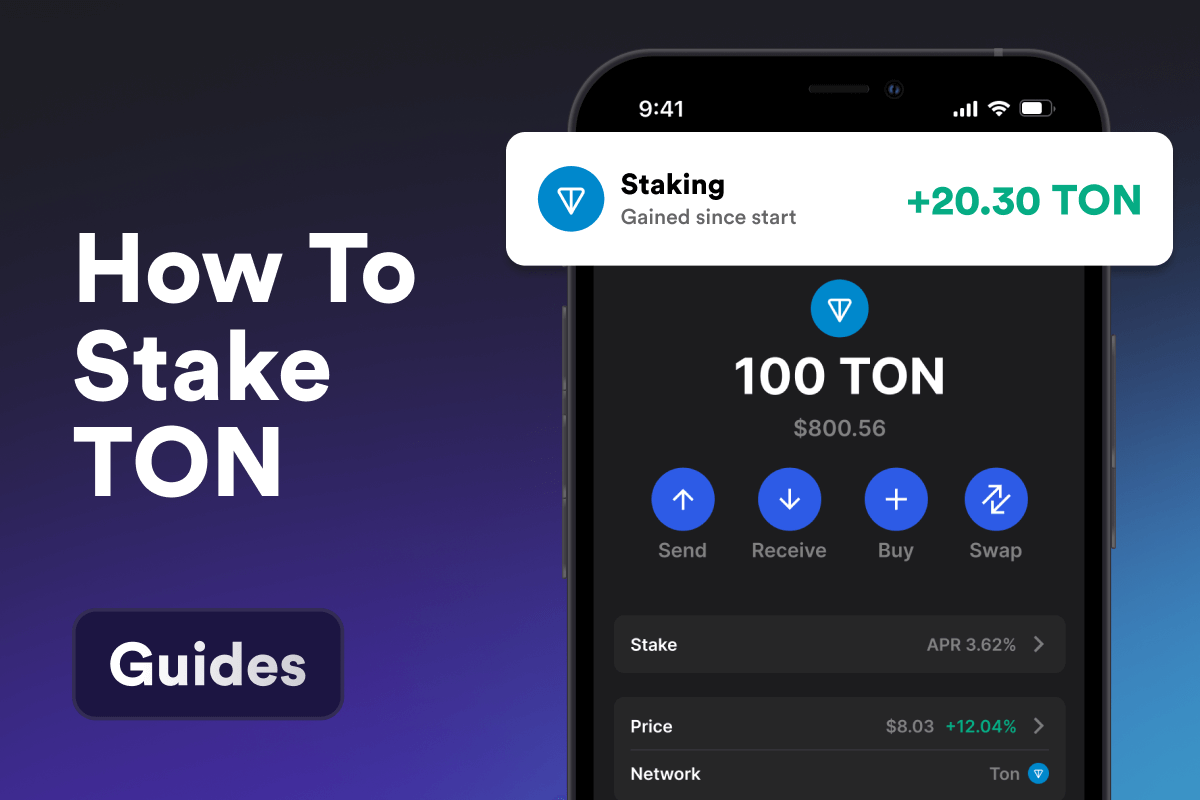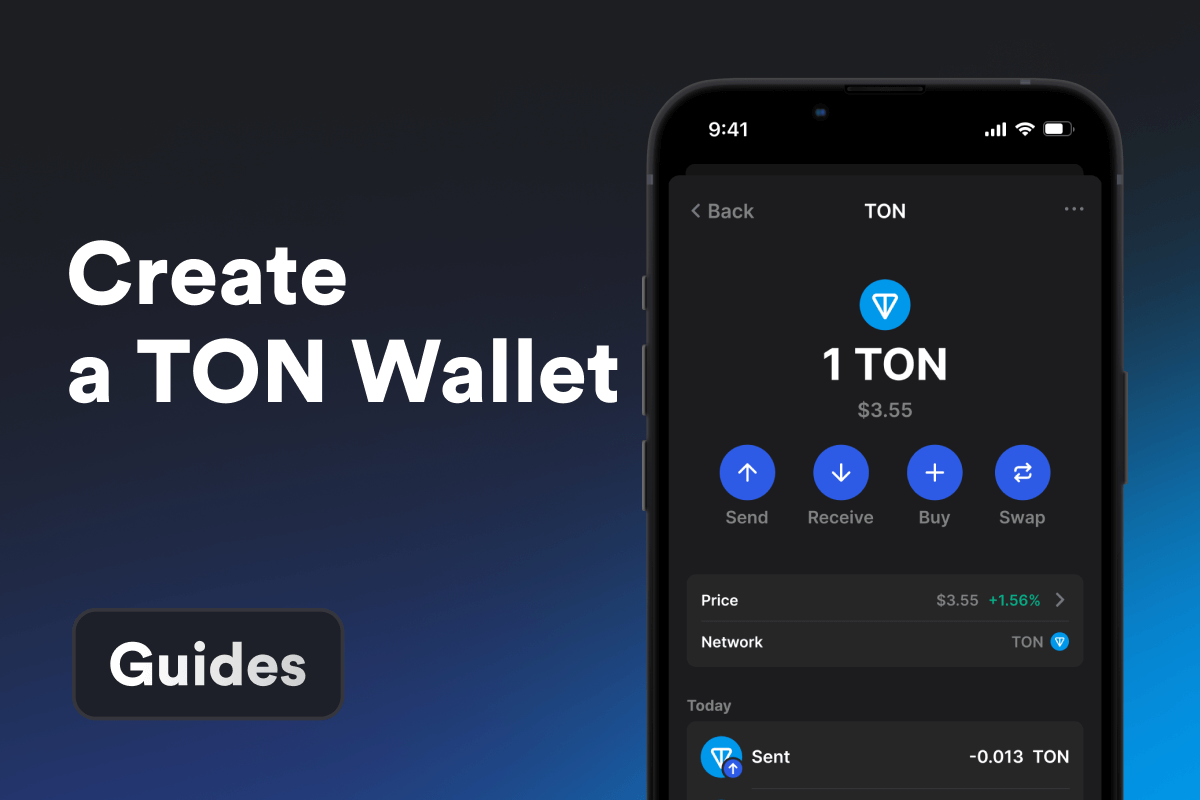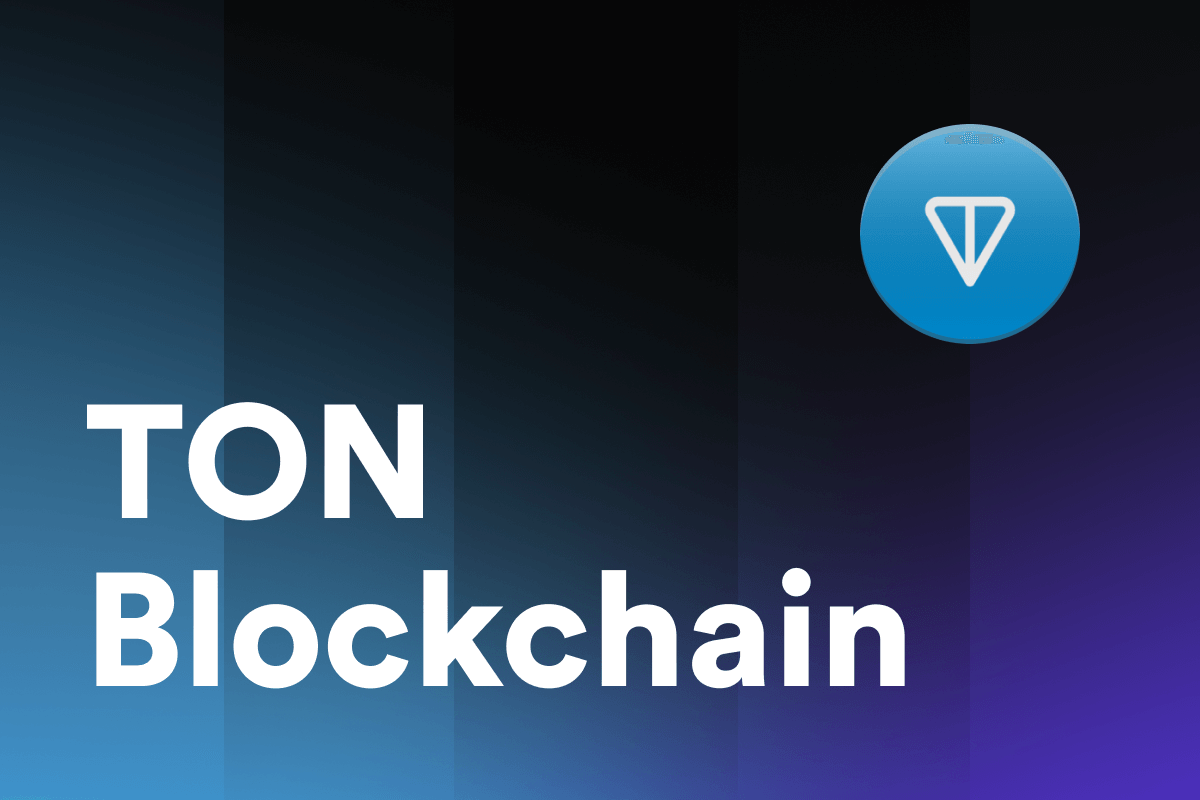
What Is the Open Network (TON)?
The Open Network (TON) is highlighted as a high-performance and scalable blockchain platform, renowned for its unique architecture and advanced features. Developed by Telegram’s founders, TON is designed to offer a decentralized environment for secure and rapid digital transactions. Its innovative design and capabilities set it apart in the blockchain world, aiming to provide scalable and fast digital transaction solutions. This succinct overview encapsulates TON’s core objectives and technological distinctiveness.
What Is Telegram?
Telegram, launched in 2013, is a popular messaging app with over 700 million active users as of April 2023. Known for its speed and security, Telegram started monetizing through premium features and advertising. As of December 2022, Telegram premium, its paid service, had surpassed 1 million subscribers, according to CEO Pavel Durov.
Differences Between TON and Other Blockchains
To the casual observer, differences between TON and popular blockchains like Ethereum or Solana might seem minor. For instance, both can issue layer-2 tokens, and they offer similar speeds for guaranteed transactions (up to 6 seconds for TON and 6.4 seconds for Solana). However, TON’s standout feature is its support for workchains and dynamic sharding. The system can potentially support up to 2^32 workchains, each capable of being split into as many as 2^60 shardchains. This architecture allows near-instant cross-shard and cross-chain communication, potentially enabling millions of transactions per second.
Moreover, TON distinguishes itself with a robust and unique ecosystem, including TON Blockchain, TON DNS, TON Storage, and TON Sites. Its tight integration with the Telegram messenger provides access to a massive user base, which is gradually adopting TON for various uses, such as paying for Telegram Premium.
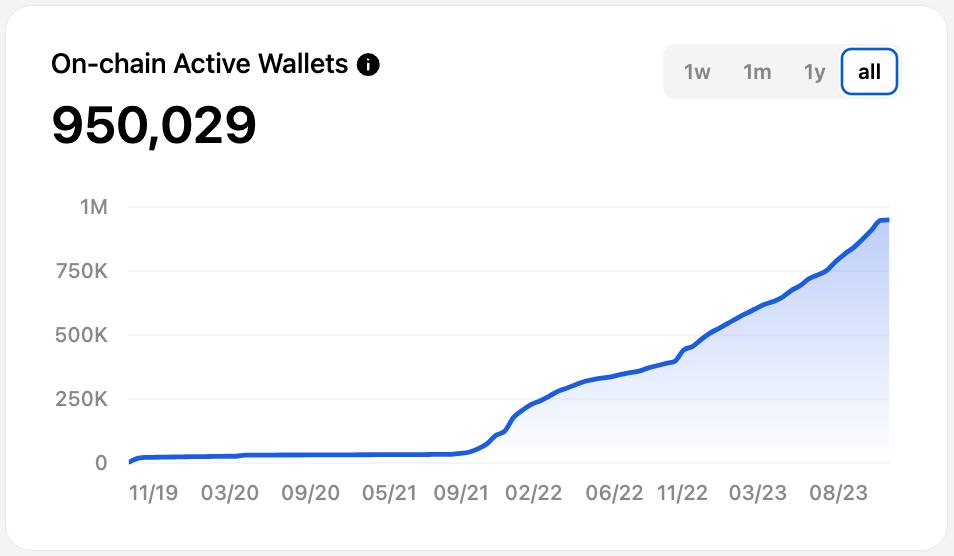 Smart contracts that have been initialized as wallets and have received at least one transaction. Source: tonstat.com
Smart contracts that have been initialized as wallets and have received at least one transaction. Source: tonstat.com
What Is Sharding?
Sharding is like dividing a database into smaller, more manageable pieces to distribute the workload. In blockchain technology, it helps the network handle more transactions by reducing the burden on each node. Essentially, with sharding, a validator only needs to deal with the data of their specific shard, not the whole blockchain. This makes the process more efficient and scalable.
Key Features of TON
- Innovative Blockchain Structure: TON’s multi-blockchain architecture allows for exceptional scalability and transaction processing speed.
- Proof-of-Stake (PoS): TON utilizes a PoS consensus mechanism, enhancing efficiency and security.
- Flexible Platform for Developers: TON supports the development of complex decentralized applications (DApps) and smart contracts, making it a versatile ecosystem for various applications.
TON’s Unique Technologies
- TON Storage: TON provides secure and decentralized file storage solutions, enhancing data integrity and accessibility.
- TON Proxy: TON Proxy offers tools for maintaining privacy and anonymity on the network.
- TON Services: The platform supports a range of services, including decentralized browsing and DNS.
Toncoin: Your Gateway to the TON Universe
Toncoin, commonly referred to simply as TON, is the native cryptocurrency of The Open Network (TON). This network is designed with a focus on enhancing transactional processes, placing Toncoin at the core of its operational framework.
Tokenomics of Toncoin
-
Total Supply: The total supply of Toncoin is capped at 5,099,358,667 tokens.
-
Number of Accounts: In the TON network, ‘accounts’ include everything from wallets to NFTs and staking contracts. There are 3,951,015 accounts, indicating the network’s broad use and variety of applications.
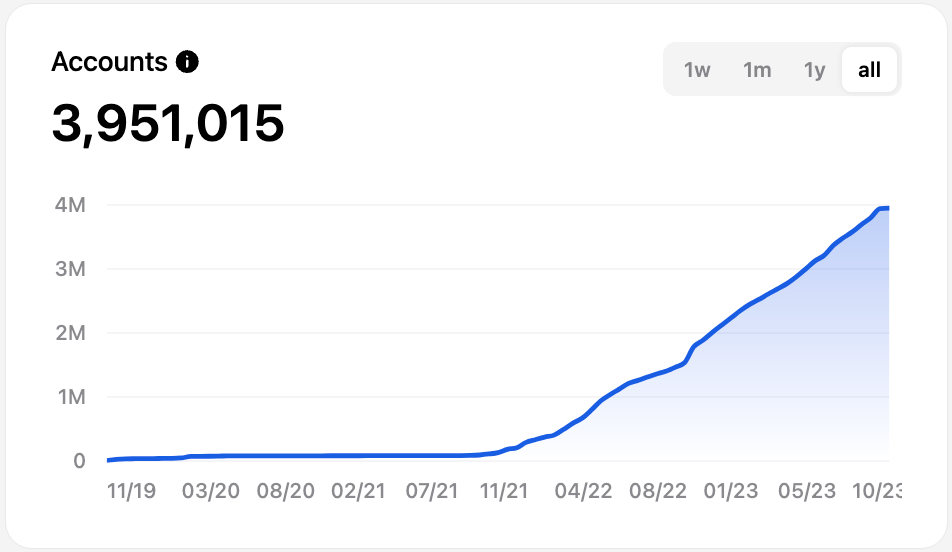 Source: tonstat.com
Source: tonstat.com
Uses of TON
-
Transaction Fees: Toncoin is used to cover transaction fees within the TON network. These fees are paid for each transaction, whether it’s transferring from your Toncoin wallet to another, withdrawing from an exchange, or conducting other types of transactions within the TON ecosystem.
-
Staking in Proof-of-Stake: The TON network utilizes a proof-of-stake consensus mechanism, where validators and stakers use Toncoin to secure the network and earn rewards.
-
Decentralized Services Payment: Toncoin can be used for payments in decentralized services such as TON Storage and TON DNS/TON Proxy.
-
Governance: Toncoin allows community members to vote on proposals within the TON governance framework.
-
Payment Services: Toncoin is used in various payment services provided by apps developed on the TON platform. A notable example of its application includes using Toncoin for purchasing Telegram Premium services or acquiring anonymous Telegram numbers or usernames. Additionally, acquiring Toncoins is straightforward: they can be easily bought on exchanges by swapping with other crypto assets or directly purchased using a credit card through the Gem Wallet app. This flexibility in acquisition and use within the TON ecosystem underscores Toncoin’s utility and accessibility.

